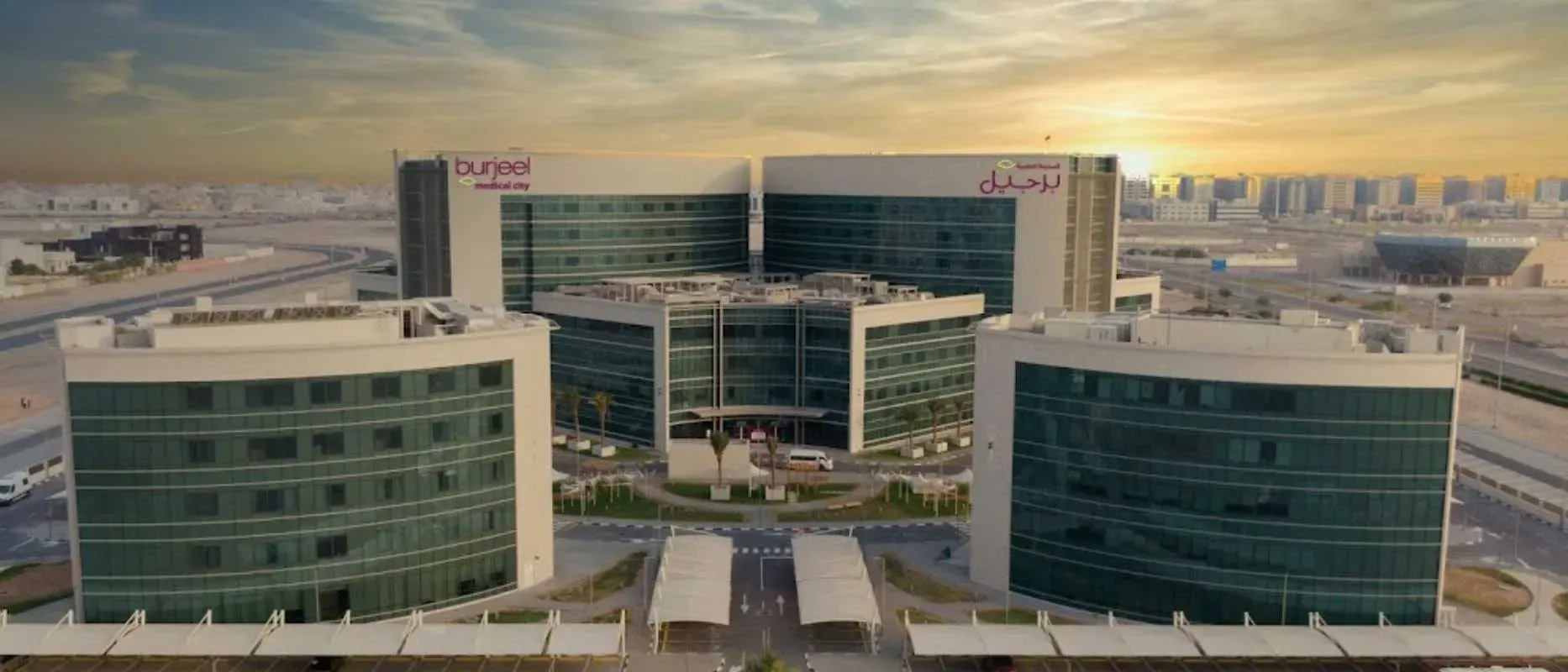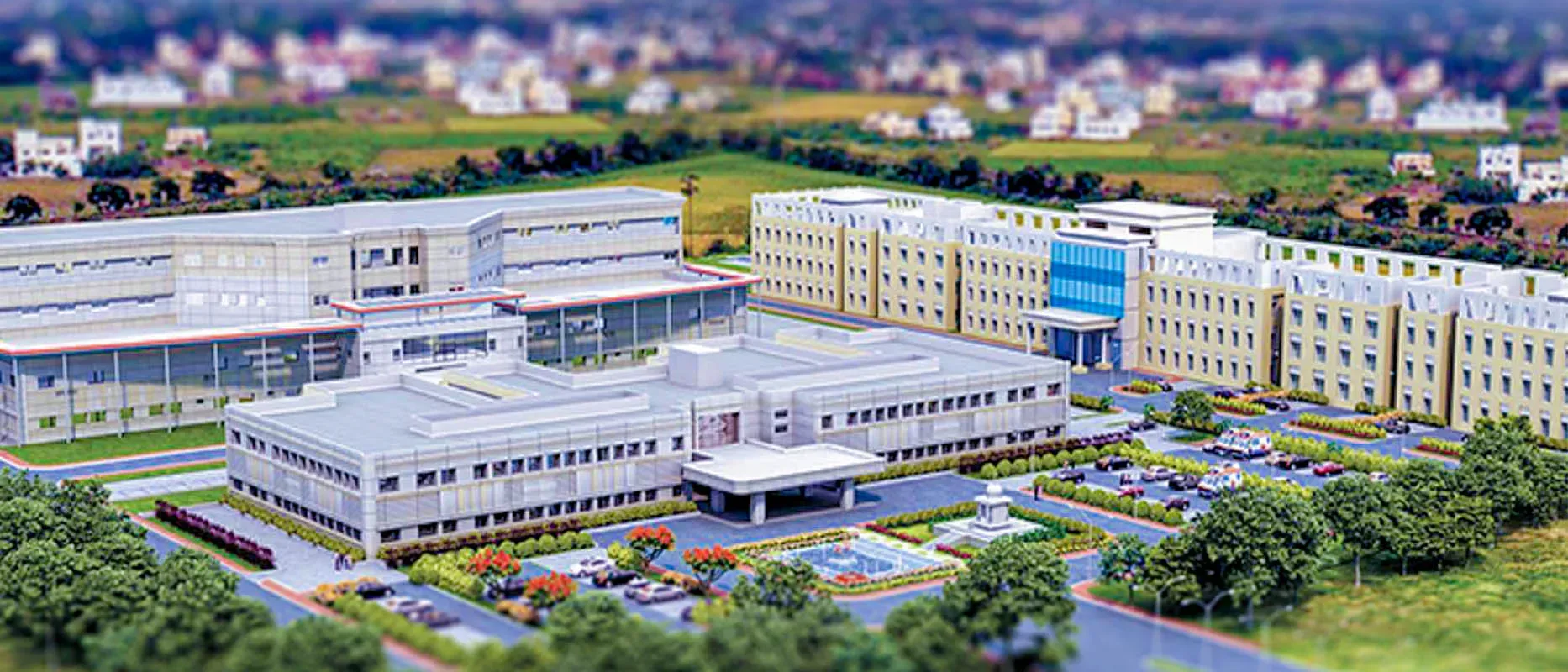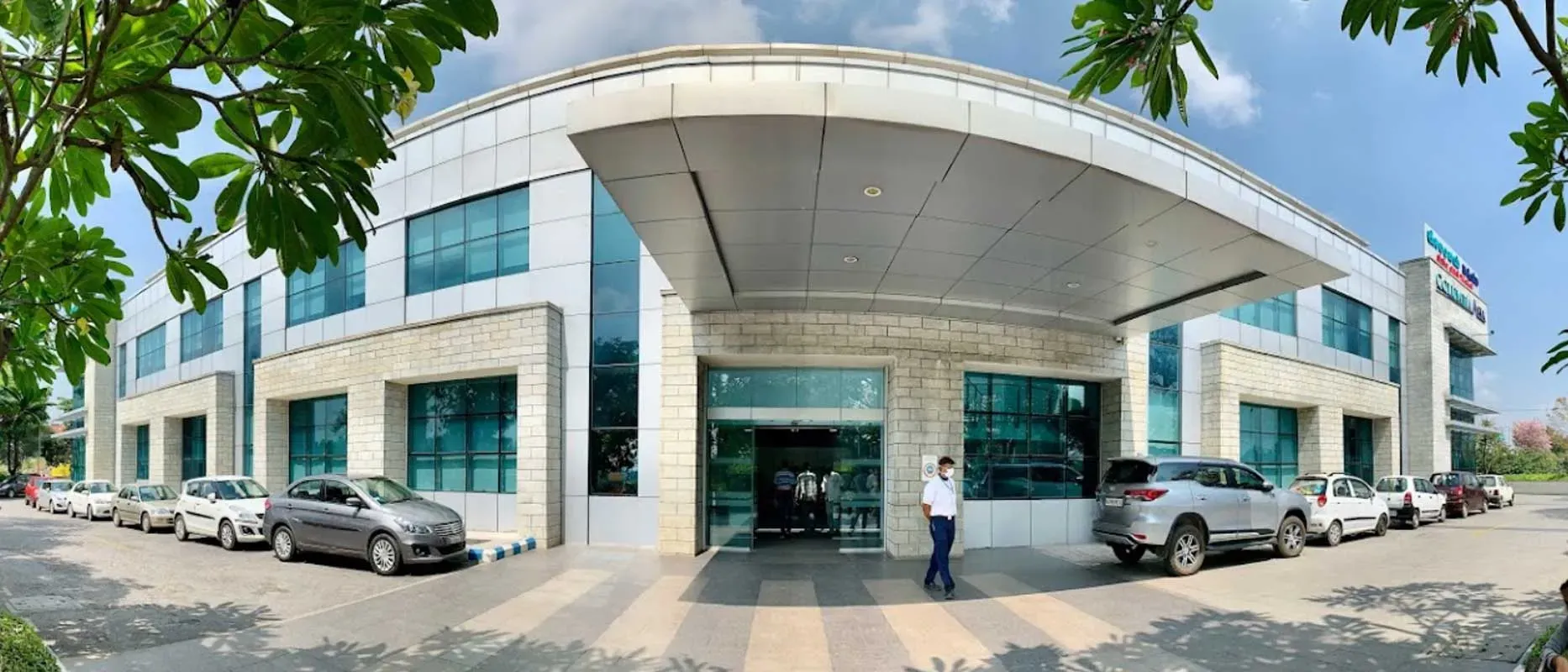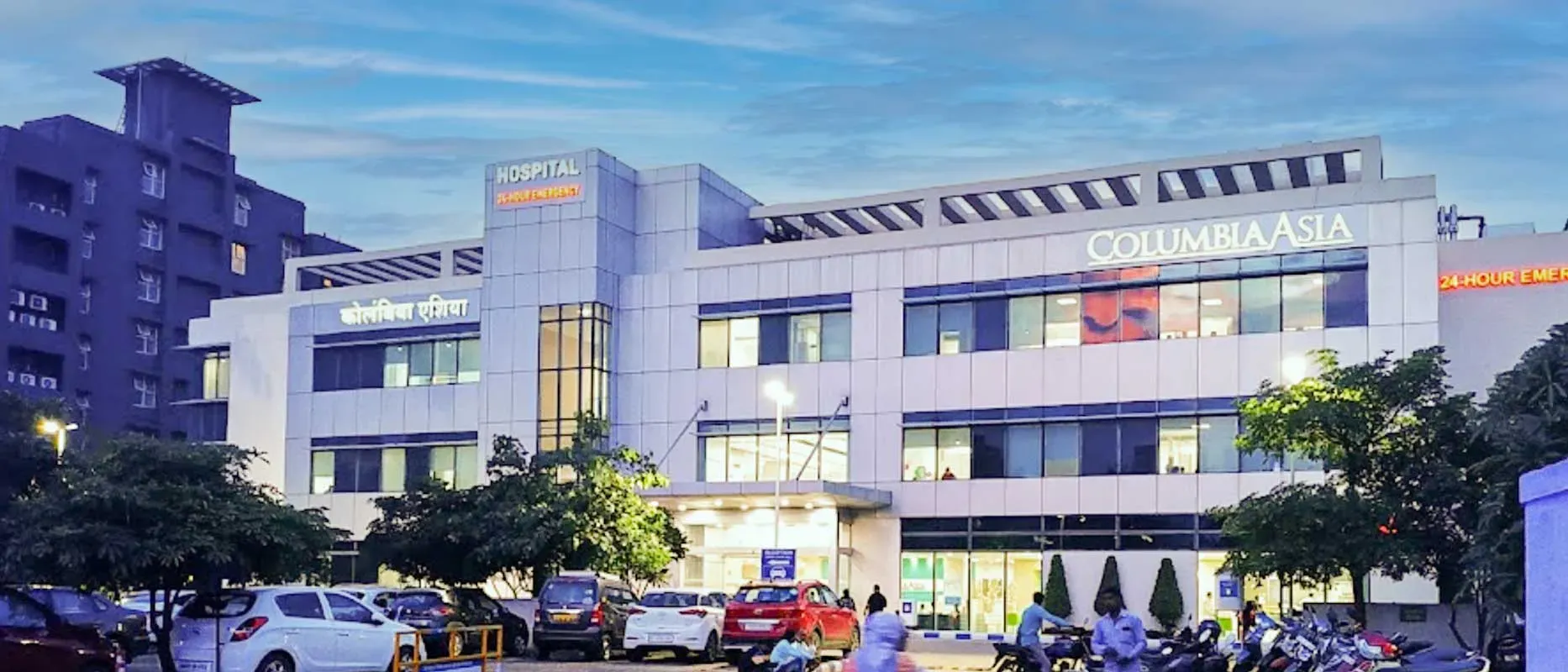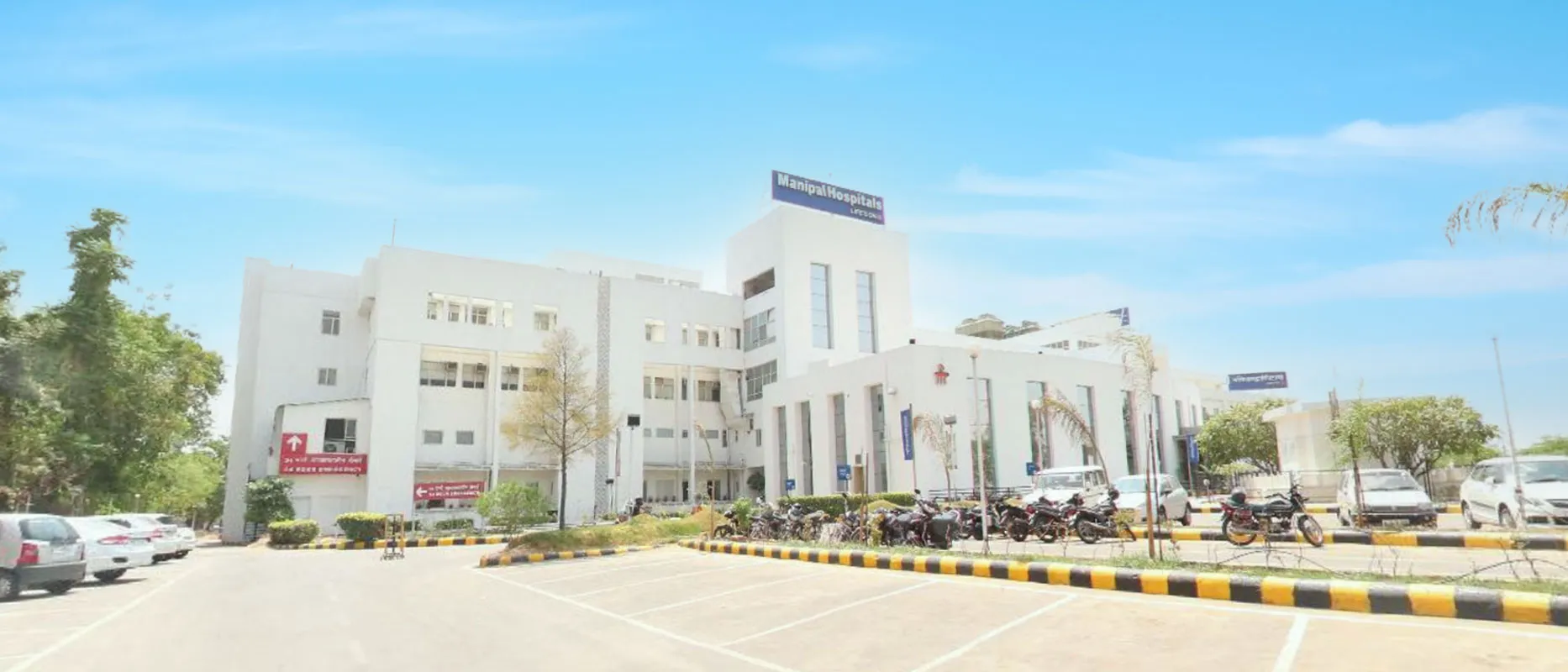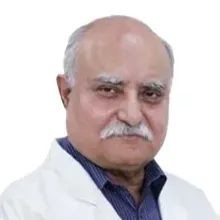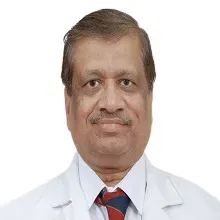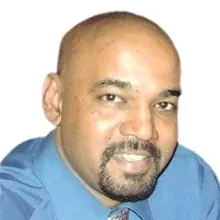Overview of Tricuspid Valve Repair India
Tricuspid valve repair is a procedure that treats damaged tricuspid valves - one of four valves that control blood flow.
The heart has two main valves on the right side - the pulmonary valve and tricuspid valve. The tricuspid valve has three flaps that open and close and control the blood flow from the right atrium to the right ventricle and prevent blood from flowing back towards the heart. When this does not work properly either it does not close properly and blood leaks backward to the atrium (regurgitation) or is narrowed due to which enough blood cannot pass through into the right ventricle (stenosis). In either of the cases, Tricuspid Valve Repair surgery is done to restore normal blood flow and preserve the functionality of heart muscle.
Why is it done?
The treatment for damaged valves depends on the severity of the health condition and whether or not it is getting worse. Few patients with this disease do not show any symptoms. For these types of patients, regular monitoring is required by the doctor. There are three major types of valve diseases that require tricuspid valve replacement or repair, including:
01. Tricuspid Valve Regurgitation - It occurs when the tricuspid valve fails to close properly due to which blood flow back in the right atrium.
02. Tricuspid Valve Stenosis - In this case, the tricuspid valve is narrowed or obstructed making it difficult for blood to pass from the right atrium to the right ventricle.
03. Tricuspid Atresia - It is a type of congenital heart disease. It occurs when a baby is born with an opening that allows blood to flow from the right atrium to the right ventricle or without a tricuspid valve
Types of Tricuspid Valve Repair India
Tricuspid Valve Replacement or Repair?
Though there are two options available to treat this disease - Tricuspid valve replacement and Tricuspid valve repair. However, valve repair is the preferred choice due to the lower risk of infection. The surgeon suggests Tricuspid valve repair or replacement after analyzing many things, including:
01. The severity of the disease
02. Patients age and health
03. Any other heart problem that requires surgery so that both diseases can be treated at once
Advantages of Repair
01. Lower risk of infection
02. No need to take blood thinners
03. Longer survival rate
04. Better results than replacement
05. Lower chances of blood clots
Types of Tricuspid Valve Repair Surgery
There are two different tricuspid valve repair surgeries - traditional or minimally invasive. Surgeons will analyze the overall medical condition and the severity of valve disease before suggesting any surgery.
01. Traditional Tricuspid Valve Repair Surgery
02. Minimally invasive valve repair surgery
Procedure
Before the Procedure
The doctor and medical team will explain to the patient what to expect from the surgery and the risks of the surgery. On the day of surgery, avoid wearing jewellery, eyeglasses, contact lenses, dentures, and nail polish.
During the Procedure
The patient will receive anesthetics and he will be unconscious during the surgery. A heart-bypass machine is used for the blood flow in the body. The repair procedures may involve different types of repair, including:
01. Traditional Tricuspid Valve Repair Surgery
This is an open-heart procedure which means the cardiothoracic surgeon makes a 6 to 8 inch long incision in the breastbone to open the chest. The heart is stopped during this surgery and the heart-lung bypass machine works as a heart. This machine circulates blood through the patient's body. Depending on the valve problem, a doctor can perform different repair procedures on torn leaflets and reshape parts of the valve or separate leaflets that have narrowed or fused. These procedures can be Annulus support or Leaflet patching.
In the Annulus support procedure, a synthetic or tissue-based ring to reinforce the annulus. The annulus is the ring of tissue at the bottom of leaflets. With this procedure, the annulus is restored to the right size and shape which allows leaflets to close and open normally. It is the preferred surgical approach to treat tricuspid regurgitation. In Leaflet patching, the surgeon repairs the diseased leaflet with a patch to control the leakage in the valve. It is used to treat tricuspid valve regurgitation.
02. Minimally Invasive Tricuspid Valve Repair Surgery
In minimally invasive surgery, the surgeon makes 2- to 4 J-shaped incisions to open the chest. This type of surgery is not safe for all patients. However, doctors will recommend surgery based on the patient's circumstances and symptoms. The pros of minimally invasive surgery are:
2.1. Less blood loss
2.2. Reduced surgical trauma
2.3. Reduced hospital stay
03. Cone Tricuspid Valve Repair
It is an advanced procedure for tricuspid valve repair. Surgeons separate the leaflets which are then rotated and reattached to leaflet tissue to create leaflet cones.
Diagnosis of Tricuspid Valve Repair India
Symptoms of Tricuspid Valve Disease
The symptoms depend on the severity of the disease. The mild tricuspid valve disease does not cause any symptoms, whereas severe valve disease may cause pulsing in the neck, weakness, fatigue, shortness of breath, and swelling in ankles and feet. Babies born with this valve disease have blue-tinged skin or lips and may be short of breath and tire easily.
Diagnosis of Tricuspid Valve Disease
It can be detected by a heart specialist if heart sound is abnormal when heard through a stethoscope. It is the first step. For further diagnosis, the doctor may use one of the following tests:
01. Electrocardiogram (ECG or EKG)
02. Chest X-ray
03. Echocardiogram (Echo)
04. Magnetic resonance imaging (MRI)
05. 2D echocardiogram (2D Echo)
06. Computed Tomography (CT) Angiography
07. Transesophageal echocardiogram (TEE)
08. Cardiac catheterization
Symptoms and Risk factors
Tricuspid Valve Repair Surgery Recovery
After surgery, there will be a tube inserted in a throat to assist breathing by a ventilator. The tube will be removed after a few days or when the patient is able to breathe completely. The required hospital stay after tricuspid valve repair surgery is 5 days, although the hospital stay depends on the procedure done and overall health. The recovery phase continues at home and patients may return to normal activities within 3 to 4 months. Everyday activities such as lifting objects and driving can be resumed after the doctors advice. Patients may need to take prescribed medicines for 6 weeks to 3 months post-surgery.
Top Hospitals for Tricuspid Valve Repair in India
Shaping the future of the healthcare institution and establishing the path to accomplishment.
Top Doctors for Tricuspid Valve Repair in India
Empower your Health with the Expertise of Leading Medical Professionals.
Dr. Ajay Kaul
Department of Cardio Thoracic and Vascular Surgery
Senior Consultant
Book Appointment
Dr. Salgunan Nair
Department of Cardio Thoracic and Vascular Surgery
Consultant
Book Appointment
Treatment Costs for Tricuspid Valve Repair
Be the change and be an opportunist in transforming healthcare.
How it's Works
Guiding your Journey from Discovery to Treatment Planning and Beyond.
Discovery
Get a consultation to discover about your treatment
Pre-Treatment
Admission to the best hospital and all pre-treatment facilities
Post Treatment
Get post-treatment follow-up care with medicine fulfillment
Treatment Planning
Hassle-free treatment planning with package & cost estimations
in-treatment
world-class quality procedures and equipment for treatment












